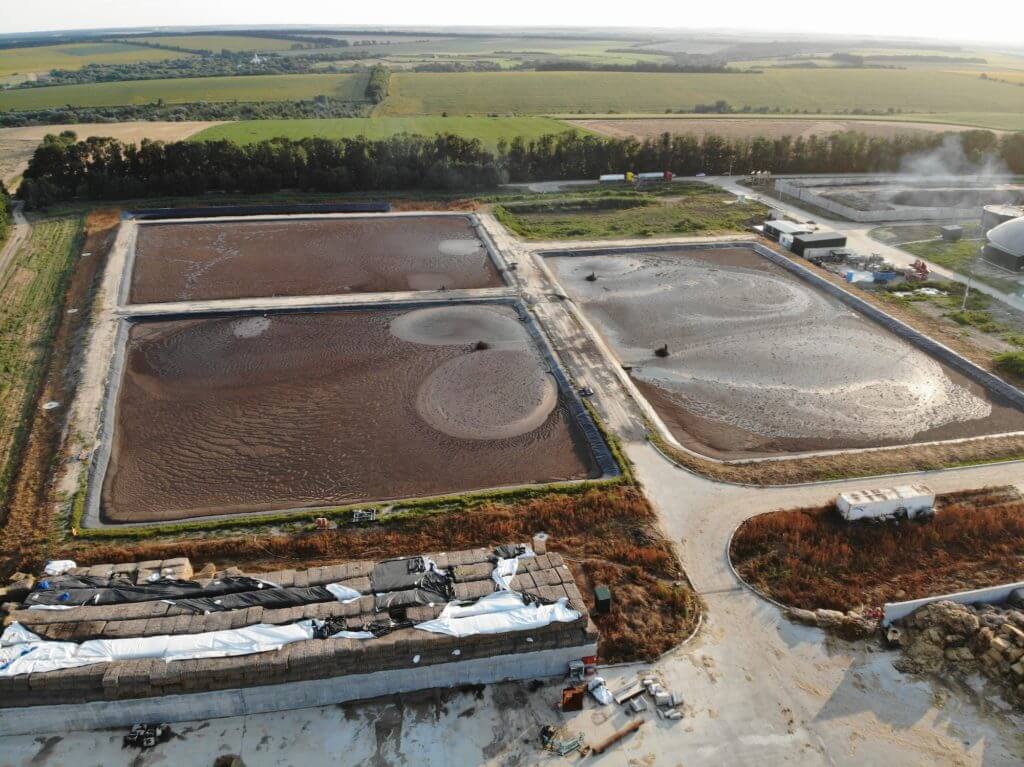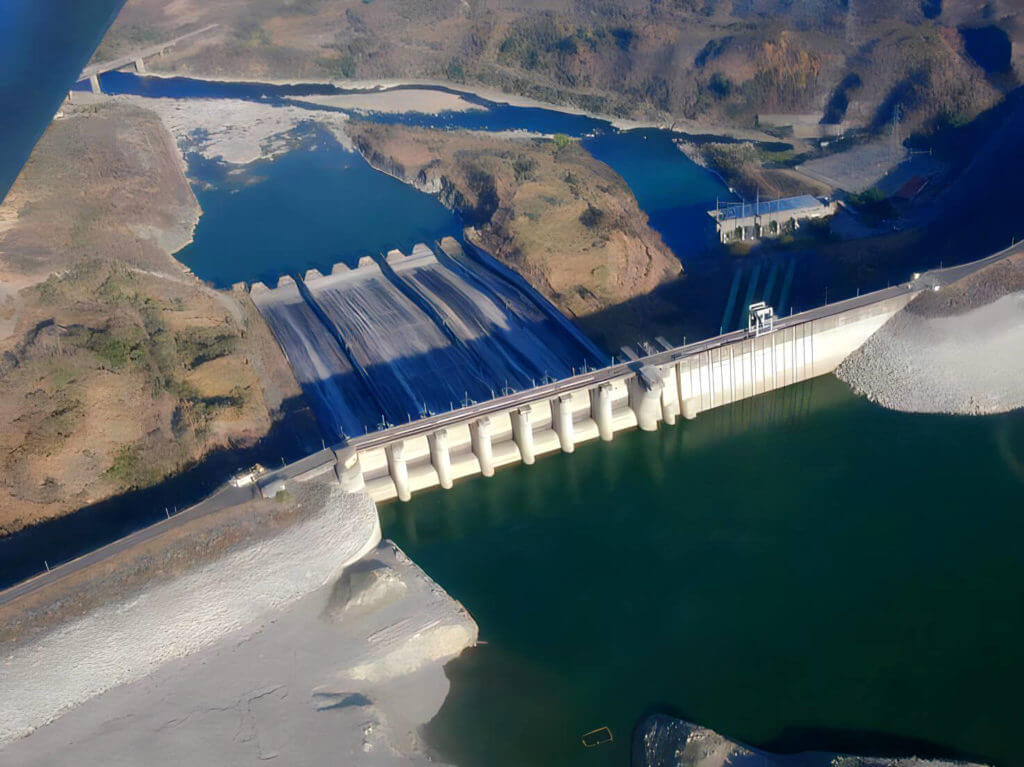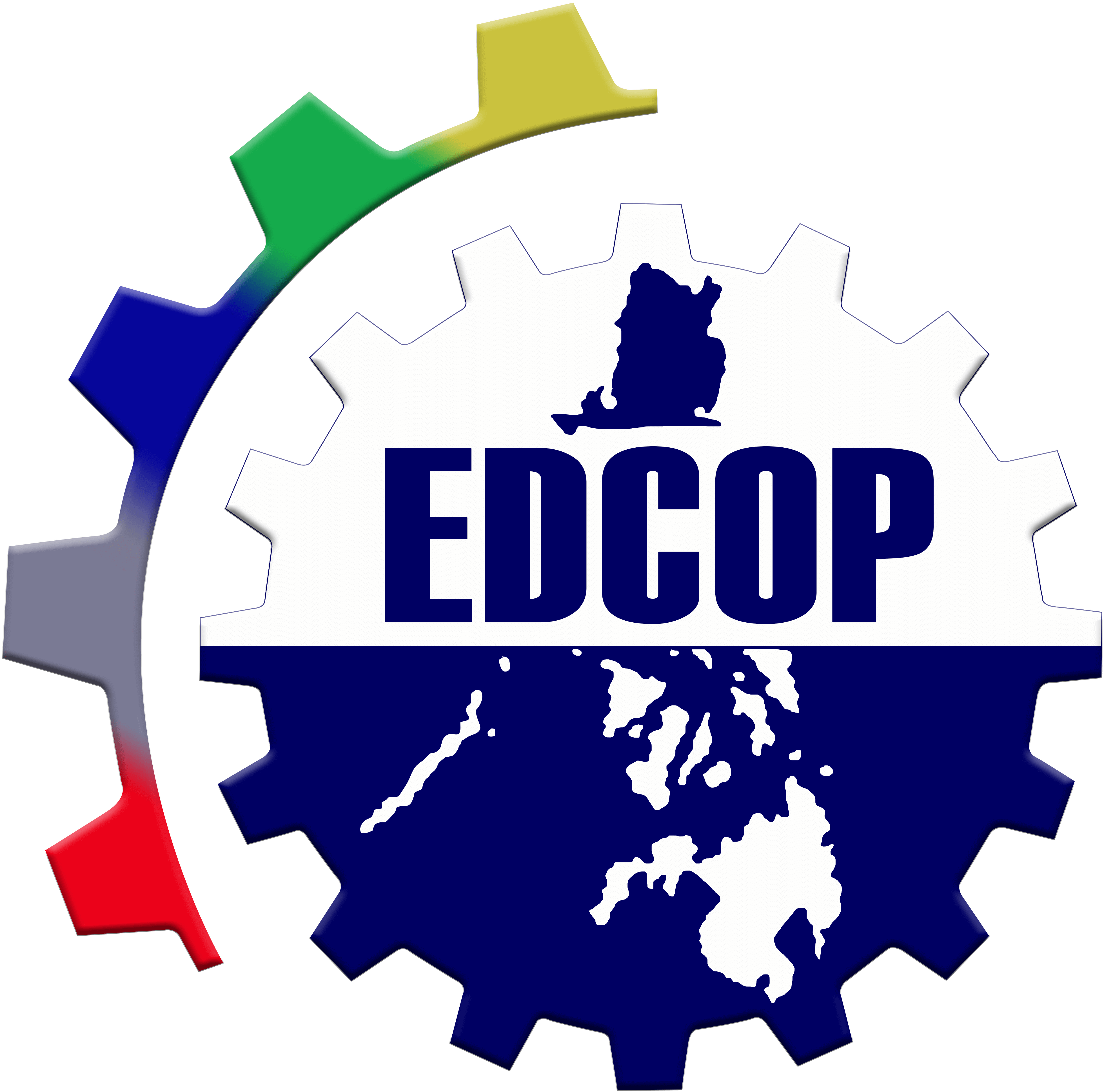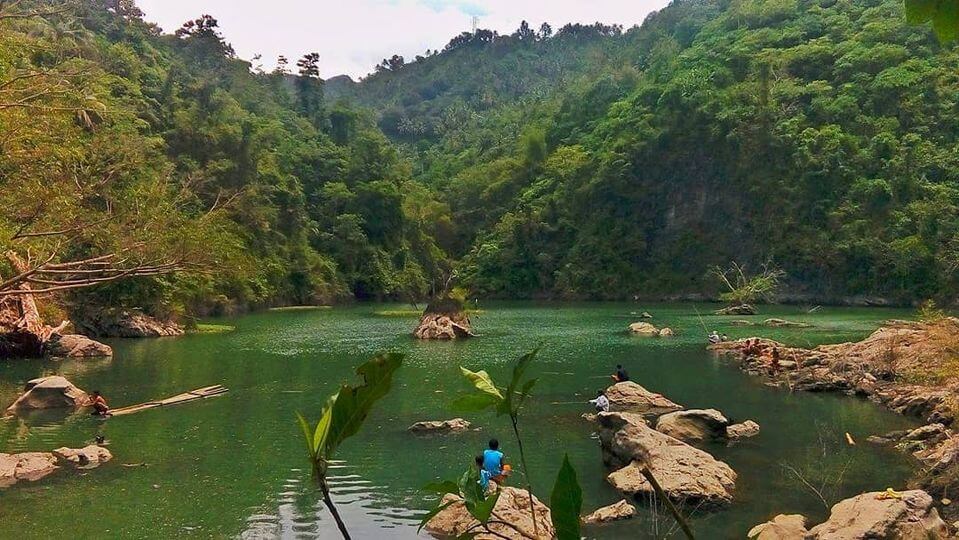WATER & SANITATION
EDCOP with a track record of over five decades in engineering consultancy in the Philippines and overseas brings sound, rationale and practical exposure in water resources planning, engineering and project implementation.
The multiple and conjunctive use of water, especially with the growing population and demand for its utilization (domestic water supply, irrigation, hydropower and flood control) have led to the firms involvements in major projects such as the Angat Multipurpose Dam, Pantabangan Dam, Magat and Masiway Dams. In the recent years, EDCOP has also been tasked to provide engineering and technical advisory services to the government as well as private proponents towards the implementation of water projects through Private Sector Participation (PSP), BOT, Joint Venture and simple Supply Contract Agreemets.
EDCOP has actively participated in major water projects nationwide involving soil conservation and erosion control works, wells and pumping stations, distribution networks, irrigation and drainage systems, flood management and protection, water quality management and the various multiple purpose water resources projects for the Metropolitan Waterworks and Sewerage System.
Projects Undertaken




